The Muppets’ Carol of the Bells
The only Christmas music I want to hear this year is The Muppets doing Carol of the Bells. Beaker, Animal, and the Swedish Chef makes a great trio, don’t you think?



This site is made possible by member support. 💞
Big thanks to Arcustech for hosting the site and offering amazing tech support.
When you buy through links on kottke.org, I may earn an affiliate commission. Thanks for supporting the site!
kottke.org. home of fine hypertext products since 1998.
The only Christmas music I want to hear this year is The Muppets doing Carol of the Bells. Beaker, Animal, and the Swedish Chef makes a great trio, don’t you think?
The legendary dancer, actor, and singer Gene Kelly appeared on The Muppet Show in season five, in what turned out to be the last episode of the show ever filmed. The episode’s gag involved Kelly being under the impression he was turning up to watch the show and not perform. Kermit tricks him into it, but in the final act, Kelly refuses to do his most famous song, Singin’ in the Rain. Until…
As Jonathan Hoefler said about this bit on Threads:
For all the satire and irony and anxiety that shaped Gen X, we were so lucky to grow up with the gentleness, wit, kindness, and respect of Jim Henson, the Children’s Television Workshop, and public television generally. How lovely is this?
Two of my biggest childhood touchstones were Sesame Street and the Muppet Show. The creative spark behind both shows was Jim Henson, the subject of a forthcoming documentary directed by Ron Howard. From the press release:
Produced with the full participation and cooperation of the Henson family, “Jim Henson Idea Man” is an unprecedented, intimate look at Henson’s illustrious, revolutionary career and complex personal life. Using never-before-seen personal archival home movies, photographs, sketches, and Henson’s personal diaries, as well as interviews with those who knew him best, the film is the definitive portrait of one of the world’s most inspiring and iconoclastic creators.
Jim Henson Idea Man will be available to stream on Disney+ on Friday. (via the kid should see this)
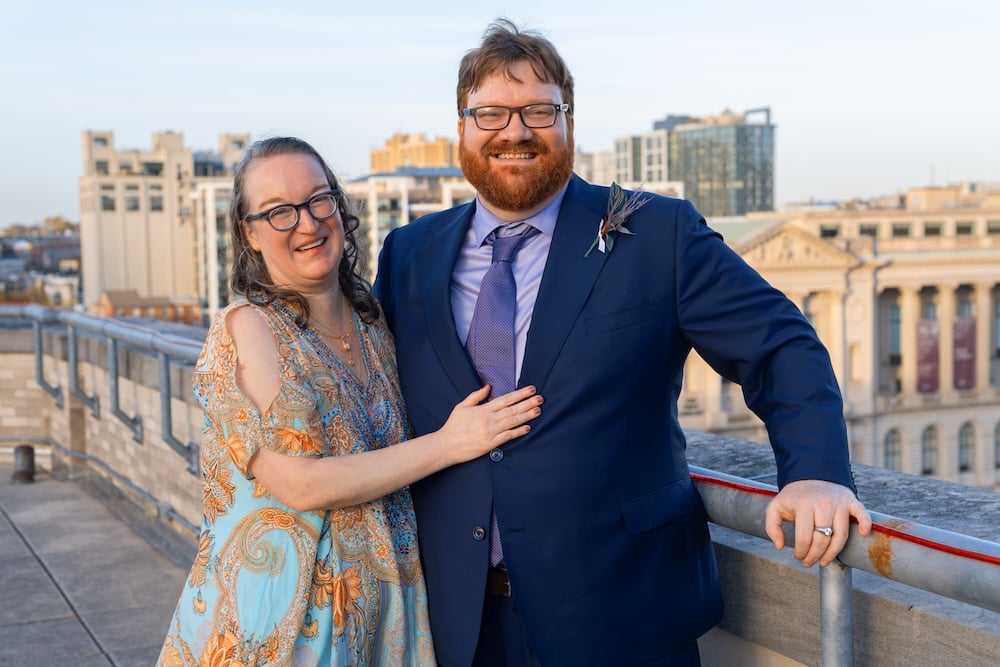
Tomorrow, November 4th, 2023, is my first wedding anniversary. I married Karen McGrane at the Franklin Institute in Philadelphia in 2022. We walked down the aisle to Gonzo’s “I’m Going To Back There Someday.” It was one of the best days of my life.
To celebrate our anniversary, I’m reposting what I wrote shortly after I moved into Karen’s house (which also, somewhat unusually, was the first time we met in person). It’s also the most recent — and since we haven’t renewed our WordPress license, quite possibly the last — post on Snarkmarket.com. I hope Kottke.org readers enjoy it.
Why write a blog post somewhere nobody has published in five years, in a new WordPress interface where you recognize… yeah, nothing? Where somehow you can’t even upload a JPG or PNG file you downloaded from another site “for security reasons” without converting it first? Or get paragraph tags or linebreaks working inside blockquotes? (Really? On Sir Tim Berners-Lee’s own World Wide Web???)
Because sometimes there is no other place to put such things. There is no other place where you want to put such things.
I bought a new laptop late in 2020, one of the new Apple Silicon M1 MacBook Pros that was announced just after the election (which was also my birthday). It is easily the best laptop I’ve ever used, let alone owned. I’m typing on it now. (It doesn’t have enough ports; otherwise, it is as perfect a machine as has ever existed until the next one comes out.) Buying that laptop started something for me: a new round of investment in myself after a long period of being fearful and dormant. And shortly after I bought it, I covered it in Muppets stickers.
I’m hardly unique in loving The Muppets; we’re past fifty years of Sesame Street and even longer of Jim Henson’s earlier creations, meaning just about every living generation has been touched by those special creatures one way or another. But the Muppets are a talisman of something I try to guard in myself: tenderness, exaggerated emotion, a desire to experience the world as something new, an urge to creativity and renewal, a fear of rejection, and a sometimes desperate need to be loved in a world where love is often in short supply.
The most famous song from The Muppet Movie is the opening number, “The Rainbow Connection.” It’s sung by Kermit the Frog, as played and performed by Jim Henson himself, and the conceit in the movie is that Kermit is playing and singing the song alone, on a banjo. This conceit is quickly abandoned, at least aurally; a whole orchestra comes in, turning a dead-simple children’s song into something swelling and cinematic. It’s three minutes long, and sung by a puppet, performed by someone who, for all his unbounded talents for voice and performance, can’t really sing. But I think it’s the greatest song ever written for a film. (A surprisingly competitive category!) It’s really worth watching, as many times as you can.
Here is a story about the writing of “The Rainbow Connection.” And here are the lyrics:
[Verse 1]
Why are there so many
Songs about rainbows
And what’s on the other side?Rainbows are visions
But only illusions
And rainbows have nothing to hideSo we’ve been told and some choose to believe it
I know they’re wrong, wait and see[Hook]
Someday we’ll find it, the rainbow connection
The lovers, the dreamers, and me[Verse 2]
Who said that every wish
Would be heard and answered
When wished on the morning star?Somebody thought of that
And someone believed it
Look what it’s done so farWhat’s so amazing that keeps us stargazing
And what do we think we might see?[Hook]
Someday we’ll find it, the rainbow connection
The lovers, the dreamers, and me[Bridge]
All of us under its spell
We know that it’s probably magic[Verse 3]
Have you been half asleep
And have you heard voices?
I’ve heard them calling my nameIs this the sweet sound
That calls the young sailors?
The voice might be one and the sameI’ve heard it too many times to ignore it:
It’s something that I’m supposed to be[Hook]
Someday we’ll find it, the rainbow connection
The lovers, the dreamers, and me[End/Outro]
That’s the whole thing.
As a child, I was taught that this song was about hope in tough times — a rejection of cynicism, an attempt to uphold on the threshold of the Reaganite 1980s something of the idealism of the 1960s, from Martin Luther King Jr’s “I Have A Dream” speech to the antiwar movement, only somewhat looser and more adaptable (if also more inchoate). The song also had a religious element to it: something of my mother’s highly adaptable (and thoroughly idiosyncratic) Catholicism — a belief there was a magical, spiritual universe both separate from and pervading the one we could see. The Rainbow Connection was not heaven in any proper theological sense, but it was the heaven my mother believed in. And, I think, that she still believes in.
And it is those things — insofar as it “is” anything but a sweet song with a good melody — but it’s also something else. And as you get older, and continue to deal with grief and heartache (as I have, many times), and are dealt reversals and disappointments, the other meaning of “The Rainbow Connection” becomes insistent and impossible to ignore.
It is a song about what you can and can’t believe in after a life filled with missed chances, casual cruelties, and dead family and friends. It’s a song shot full of the melancholy many of us remember most clearly in our own childhoods, an ache to your bones that has never gone away. It is every heartbreak you have ever had, every injury suffered to your body, mind, and pride. It is how you think about friendship and community when your community is broken and your friends are all so very far away. It is not about a cohort of happy dreamers, or lovers. It is about how you care for your child inside when all your illusions are gone. It is the last illusion you keep, because without it, you would have nothing left.
The questions “The Rainbow Connection” asks are genuine questions, with a more ironic edge than Kermit places on it in the song itself:
Seen from this perspective, The Muppets are not childlike or naïve at all. They are advancing a powerful critique of how we live and what we believe, and how we’ve come to settle for so much less than what we are capable of. There is a utopian element to “The Rainbow Connection,” but it turns out to be a very slight one. A Minimum Viable Utopia, if you will.
The other song that matters the most to me from The Muppet Movie (which, like Michael Jackson’s Off the Wall and Prince’s self-titled album, was released shortly before I was born) is Gonzo’s “I’m Going To Go Back There Someday.” And this song, too, has multiple layers that are worth unpacking.
Here are the lyrics:
Verse 1:
This looks familiar
Vaguely familiar
Almost unreal yet
It’s too soon to feel yetHook:
Close to my soul
And yet so far away
I’m going to go back there
SomedayVerse 2:
Sunrises, night falls
Sometimes the sky calls
Is that a song there?
And do I belong there?Hook:
I’ve never been there
But I know the way
I’m going to go back there
SomedayBridge:
Come and go with me
It’s more fun to share
We’ll both be, completely
At home in midairWe’re flying not walking
On featherless wings
We can hold on to love
Like invisible stringsVerse 3:
There’s not a word yet
For old friends who’ve just metPart heaven, part space
Or have I found my place?Hook:
You can just visit
But I plan to stay
I’m going to go back there
SomedayI’m going to go back there
Someday[End/Outro]
This song is somehow even simpler than “The Rainbow Connection,” but it wears its ironies farther out on its sleeves.
The obvious (although not literal) reading of the song is that Gonzo is not talking about any past he remembers, or even really a future he’s waiting for, but about the love and newfound family he’s discovered with his friends now all around him: the Muppets to whom he’s singing the song. Again, as a child, this is what I was taught without having to be told, and for the most part, it’s what I believed.
The second, more critical take on “I’m Going To Go Back There Someday” is that it is a profound confession of abandonment and loneliness in Gonzo’s formative years. It is the absence of anything like the heartsoaring love he is stumbling to find words to describe, and his very early and extremely keen awareness of that absence, even before he knew there was hope of anything different. It is less about loss (you have to have something before you can lose it, technically) than lack.
And while you could say that Gonzo is realizing now that he’s found what he’s long been looking for, the fact that he still puts it in the future tense suggests that he’s still feeling something lacking, either in his companions or in himself. He still feels incomplete, blown apart, alone and lonely, en route to something he does not have and has never had, does not know and has never known — something that he can only describe or define by its absence. A negative theology.
You could take this a step further and say that what “I’m Going To Go Back There Someday” is really about is the fact that such a place does not exist, has never existed, and if it waits for anyone, it does not wait for the singer. Gonzo — Tim Carmody — is so irreducibly damaged by what has happened to him, so thoroughly alone, that he can only think of love and belonging as a return to a paradise he’s never known and will never in his lifetime see.
The trouble with all of this is that sometimes the impossible happens.
Here I’m going to invoke another important text from my childhood, but I won’t take the time to explicate it, because I can talk about baseball (and specifically, this single plate appearance) forever.
It is hard to talk or even to think about miracles, especially if (like me) you have long since relaxed the God hypothesis. The 18th-century empiricist / skeptical philosopher David Hume defined a miracle as “a transgression of a law of nature by a particular volition of the Deity, or by the interposition of some invisible agent.”
Nothing is esteemed a miracle, if it ever happen in the common course of nature. It is no miracle that a man, seemingly in good health, should die on a sudden: because such a kind of death, though more unusual than any other, has yet been frequently observed to happen. But it is a miracle, that a dead man should come to life; because that has never been observed in any age or country.
The trouble for Hume with miracles is the trouble for Hume with all knowledge (including very basic relationships of cause and effect): the evidence to genuinely believe in miracles is always lacking. It falls apart given the tiniest bit of criticism — and yet, people are inclined to believe in miracles anyways.
In fact, people all over the world, at every age and in every walk of life, may be more inclined to believe in something impossible they believe they’ve witnessed themselves, alone or in a small group, than an ordinary event witnessed again and again by millions of people. Aristotle, too, understood, this irony, writing in the Poetics that (translations differ, but here is the gist) “the poet should prefer probable impossibilities to improbable possibilities.” And if you can keep God’s hands off the probable impossible, so much the better.
The world Gonzo prophecies in “I’m Going To Go Back There Someday,” that Kermit imagines in “The Rainbow Connection,” is not supposed to exist. It is an illusion, an impossibility, even if it remains a necessary one. And yet: sometimes, somehow, after you have already set aside your own eligibility for such things, and doubted their real existence for others or their cameos in your own past, you nevertheless, to your own total astonishment, find yourself back there again.
On Saturday, February 6th, I moved back to the city of Philadelphia. I made my nostos, not to the city where I was born (Detroit, which will also always have my heart), but the city I chose when I was 22, and where I spent most of the important years of my life.
I am back. I am home.
You can just visit
But I plan to stay
I’m going to go back there
Someday
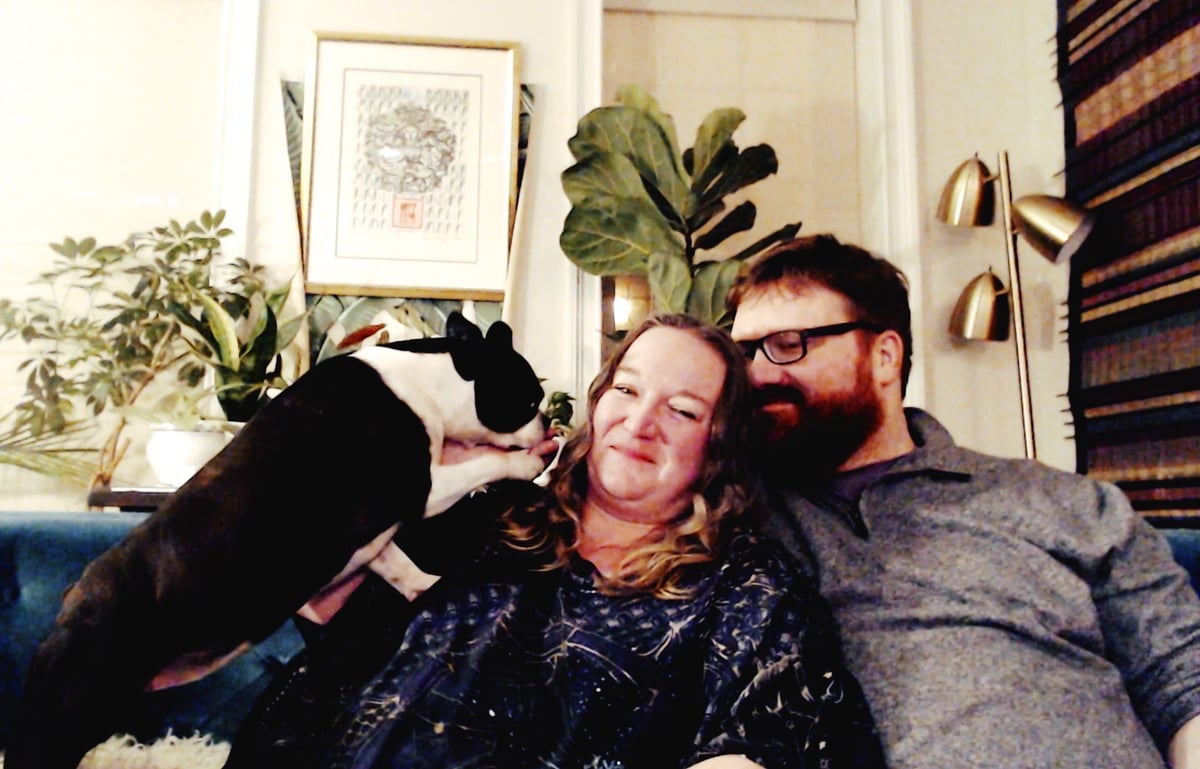
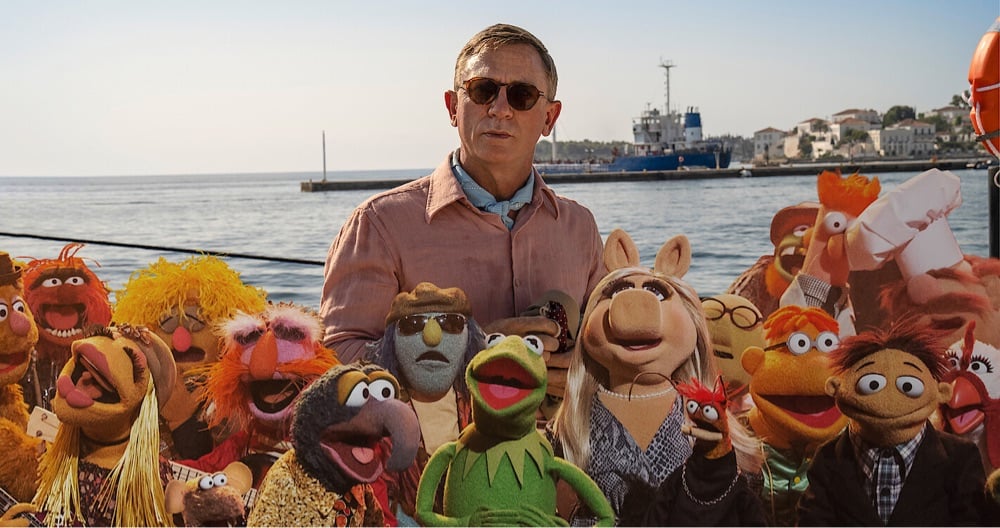
From comments made by Knives Out and Glass Onion director Rian Johnson, it doesn’t seem likely that a Benoit Blanc mystery movie with the Muppets or a Muppet movie with Benoit Blanc will ever happen. So, we’ll have to settle for this mashup of Blanc and The Great Muppet Caper made by Nerdist:
I dunno Johnson, that works pretty well…
Starting on May 1, Lego is introducing minifigs of The Muppets!
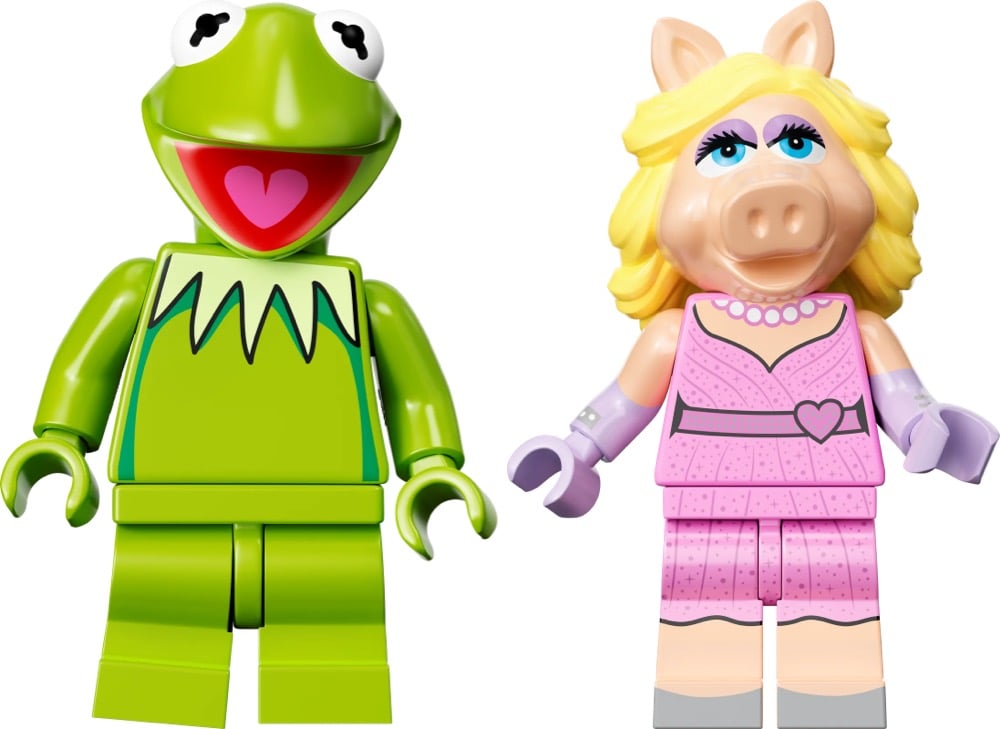
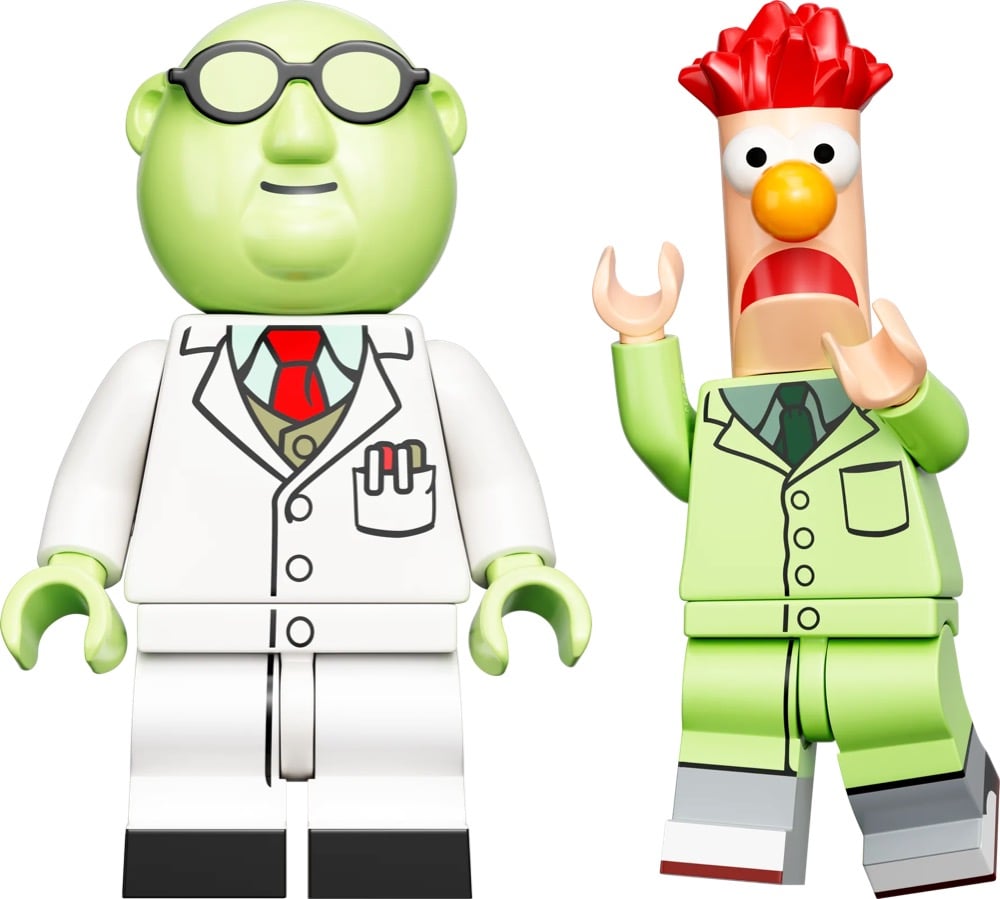
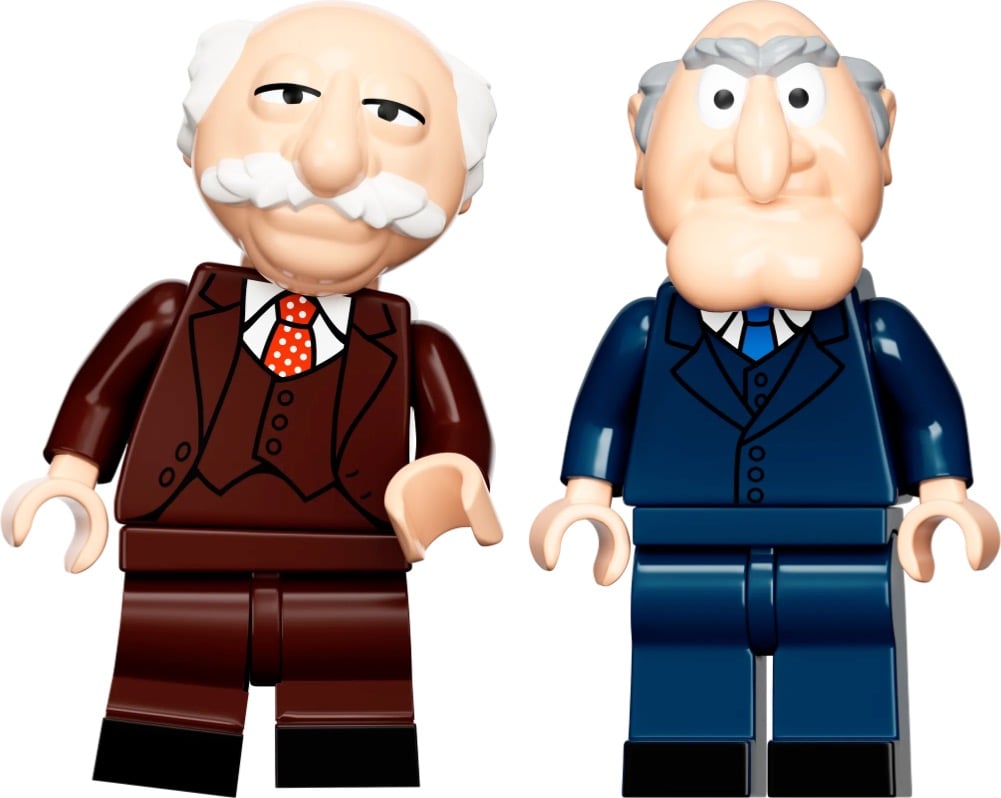
The Muppets are such a sprawling concern that not all your favorites are here, but you’ve got Kermit, Fozzie, Miss Piggy, Rowlf, Gonzo, Dr. Bunsen Honeydew, Beaker, Animal, Janice, The Swedish Chef, and Statler & Waldorf — that’s a pretty good lineup.
Update: I love this Lego-ized version of The Muppet Show opening theme they did. So good.
This is a fan-made rendition of act 1 of the hit musical Hamilton sung by The Muppets.
The impressions of the Muppets aren’t bad and the “casting” is about what you’d expect:
Alexander Hamilton - Kermit the Frog
Aaron Burr - The Great Gonzo
Eliza Schuyler - Miss Piggy
Marquis de LaFozette - Fozzie Bear
George Washington - Sam the Eagle
I don’t know if listening to this all the way through is wise, but you should listen at least until Kermit/Hamilton makes his entrance at ~1:18. Oh, and skip ahead to 17:09 to hear The Swedish Chef do Samuel Seabury and to 19:01 to hear You’ll Be Back performed by Animal. (via open culture)
PBS is airing a documentary in September about Muppets creator Jim Henson called In Their Own Words: Jim Henson.
I had never really noticed before that Henson’s natural speaking voice obviously sounds a lot like Kermit. (via @khoi)
Kermit the Frog, Fozzie Bear, and guests cover Naughty By Nature’s 1993 classic Hip Hop Hooray.
See also The Muppets covering The Beastie Boys, Kanye, and M.O.P.
As far as these things go, this video of the Muppets singing So What’cha Want by the Beastie Boys is pretty near perfect.
See also The Muppets singing Kanye West’s Monster and the Sesame Street gang doing the Beastie Boys’ Sure Shot. Oh, and the classic Bert & Ernie Ante Up rap video:
(via subtraction)
This is surprisingly well done.
Continuing with the unexpected Kanye groove on kottke.org this morning.
I’ve never seen 30 Rock (I KNOW, I KNOW) so I can’t attest to the correctness of this, but supposedly the show is a rip-off of The Muppet Show.
EXHIBIT B: LIZ LEMON VS. KERMIT THE FROG
Both are the most normal characters on their respective shows. Both are unlucky at love. Both are neurotic worrywarts and type-a personalities who slow burn into a crazy breakdown once per episode. AND both have some kind of flirtation with the guest stars that ultimately goes nowhere. There is absolutely no difference between Liz Lemon and Kermit the Frog save for genitalia (Liz is a lady, Kermit has none).
Make up your mind, internet. Is Kermit Liz Lemon or Christian Bale?
Update: Sesame Street did a 30 Rock bit. Liz Lemon was played not by Kermit but by a lemon. (thx, elisabeth)
Four months before the opening of The Empire Strikes Back, Luke Skywalker, C-3PO, R2-D2, and Chewbacca appeared as the special guest stars on The Muppet Show. Mark Hamill’s first line as Skywalker is:
It seems we’ve landed on some sort of comedy variety show planet.
…and it goes downhill from there. The whole show is available on YouTube in three parts:
The appearance was probably orchestrated as a promotional crossover. Frank Oz voiced Yoda in Empire and was a lead puppeteer for The Muppet Show, performing Missy Piggy and Fozzie, among others.
After posting the video of the chickens from the Muppets clucking their way through the Blue Danube waltz, I couldn’t resist putting it together with the most iconic use of that tune in contemporary culture. Here, then, is Stanley Kubrick’s 2001: A Space Odyssey, the Chicken Cordon Bleu Danube cut.
Beeker from The Muppets sings Ode to Joy.
Meep meep meep meep meep meep meep meep meep meep meep meep meep, meep meep…
Gonzo, Camilla, and the rest of the chickens sing The Blue Danube Waltz.
Bock bock bock bock, bock bock, bock bock. Bock bock bock bock, bock bock, bock bock…
Somewhat related: Beaker sings Yellow by Coldplay.
A sad Kermit the Frog sings Elliot Smith’s Needle in the Hay (complete with The Royal Tenenbaums parody), NIN’s Hurt, and Radiohead’s Creep (in which Kermit says “fucking”). (via buzzfeed)
Stay Connected